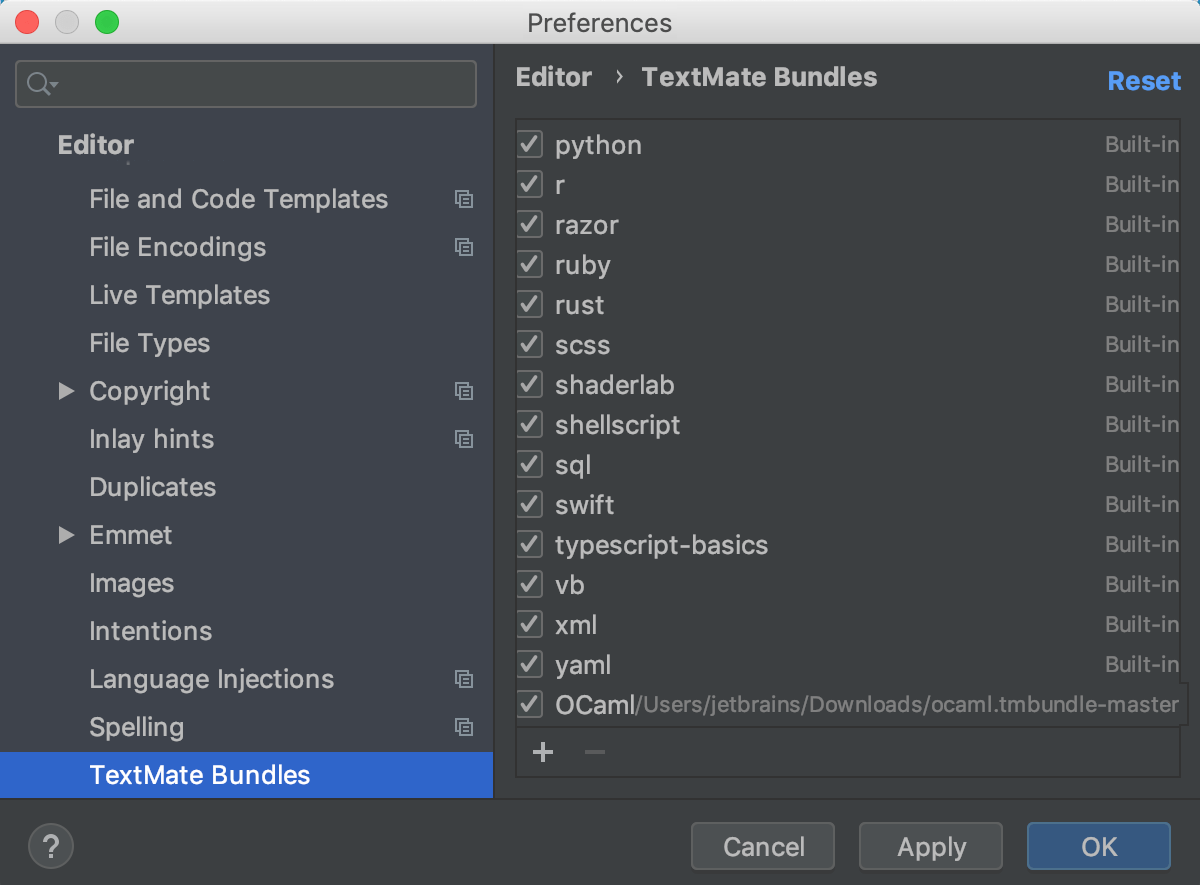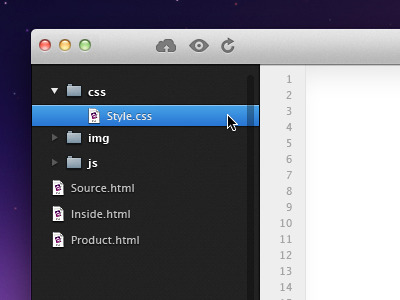
instead of putting everything below keyword (as your formal language definition may insist) you should think “would I want these two elements styled differently?” and if so, they should probably be put into different root groups.

you probably do not want an apostrophe to be auto-paired when inserted in strings and comments, regardless of the language you are in, so it makes sense to only set this up once.īefore going through the conventions, here are a few things to keep in mind:Ī minimal theme will only assign styles to 10 of the 11 root groups below ( meta does not get a visual style), so you should “spread out” your naming i.e.

There are however conventions so that one theme can target as many languages as possible, without having dozens of rules specific to each language and also so that functionality (mainly preferences) can be re-used across languages, e.g. Posterino offers enhanced customization and flexibility including a variety of new, stylish templates featuring grids of identical or odd-sized image boxes. TextMate is free-form in the sense that you can assign basically any name you wish to any part of the document that you can markup with the grammar system and then use that name in scope selectors. TextMate lets you create tools quickly: tools that you use once to do a specific operation on a lot of text, or tools that youll use forever. This will correctly match a string like: qq( this (is (the) entire) string). This can also be used to match recursive constructs like balanced characters: patterns = ( This will give you a starting grammar which will look like the one below, so let us start by explaining that. You can create a new language grammar by opening the bundle editor (Window → Show Bundle Editor) and select “New Language” from the add button in the lower left corner. Then scope selectors can be used for styling, preferences and deciding how keys and tab triggers should expand.įor a more thorough introduction to this concept see the introduction to scopes blog post. The language grammar is used only to parse the document and assign names to subsets of this document. For example you may want a key stroke or tab trigger to act differently depending on the context, or you may want to disable spell check as you type those portions of your text document which are not prose (e.g.
#Textmate flex full#
For full functionality the ActionScript 3.tmbundle. The purpose of this is to allow styling (syntax highlighting) and to make the text editor “smart” about which context the caret is in. Provides TextMate support for working with Adobes Flex framework (version 3.x). We also stated in a few of the themes some peculiar languages they are suitable for.Language grammars are used to assign names to document elements such as keywords, comments, strings or similar.

We bring to you their respective descriptions. Now you know the various themes you can use on your TextMate editor. This theme looks really bright and very easy on the eyes. The designer of this theme for TextMate got inspiration from lolita dresses of Baby (The Stars Shine Bright). Textmate and some other nice text editors like Sublime Text, Visual Studio Code, etc.

Imagentleman created a lot of versions for this theme. It helps you to highlight syntax while you code. Tomorrow NightĬhris Kempson designed this dark version for developers that love coding with Textmate in the night. This theme for TextMate was designed by Chris Kempson. It’s one of the favorite themes users like for this text editor. It can be used for Rails but also very nice when writing your codes in HTML. Highlighting as it’s shown in the image below is done in blue color. TextMate 1.5.10: OS X 10.4.11 (i386 / PPC) For OS X 10.9 and later, TextMate 1.x is not suitable as it relies on system components no longer available. Not only is this theme-for-TextMate light in appearance, it looks really nice and attractive.


 0 kommentar(er)
0 kommentar(er)
